Arran Original
Thin Egg Nog
0 580
 Review by @vanPelt
Review by @vanPelt
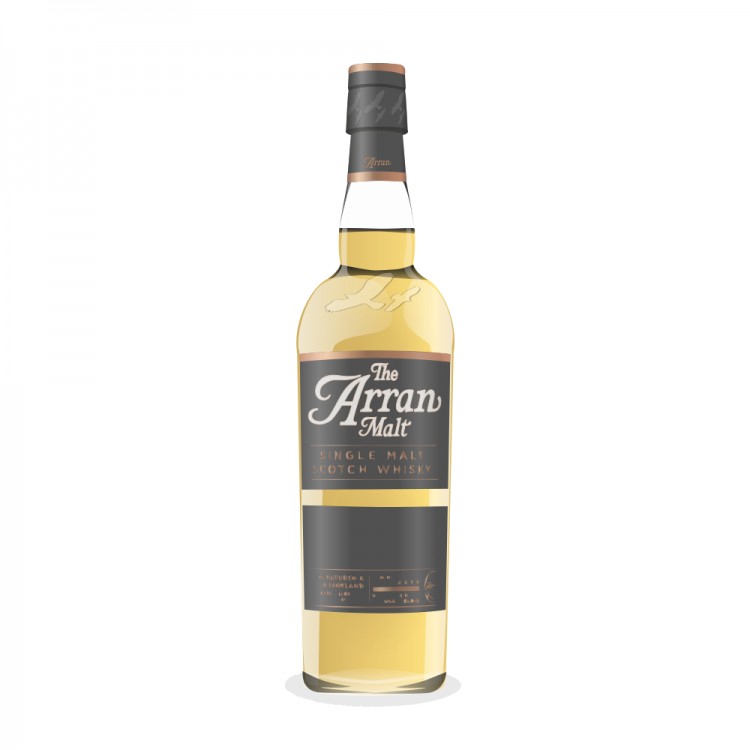
- Nose~
- Taste~
- Finish~
- Balance~
- Overall80
Show rating data charts
Distribution of ratings for this:
I'm writing a follow-up/revision to my earlier review, because I have such a different experience on later tasting after purchasing my own bottle. It is now clear that the day's warmer temperature had been responsible for bringing out the more savory notes in the earlier tasting. I now understand the difference of just a few degrees-- live and learn! Back at "normal" cooler temperatures, the whisky has quite different character-- very mellow and light, and less savory. Since I am unable to edit my earlier entry, I am writing an update in a new entry.
Nose: Vanilla; behind it, a little rosewater and strawberry. Deeper breaths give some custard and let me know some toffee is coming.
Palate: Vanilla and honey; toffee. Thinner (less creamy in consistency) than others I've had.
Finish: Continuation of the palate flavors; egg nog spices of nutmeg. Medium length finish, maybe half a minute
Obviously this is very different from my first assessment. At cooler temperatures this reminds of hard egg nog without the creamy consistency. Refreshing and balanced for those evenings when I might not want something very deep but just very enjoyable. I am still happy with the purchase, and actually I have no change to the score.
Find where to buy Arran whisky
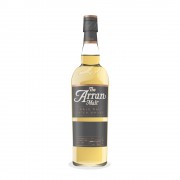
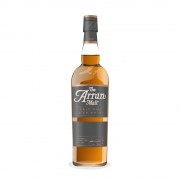
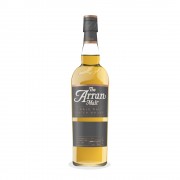
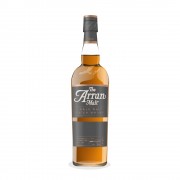

One year later: Arran Original has become less vanilla and more grass; I suppose fresher was better, for this malt. I am still impressed, though, that it remains so buttery in flavor (though thin in texture) for only 8 years maturation. Incidentally, I am changing the score in reflection of substantially more experience.